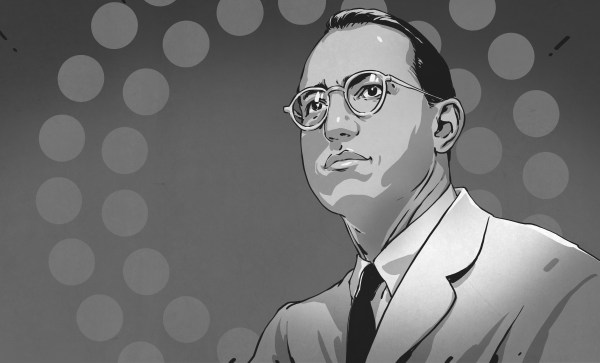Sometimes a visual or tactile learning aid can make all the difference to elucidating a concept to an audience. In the case viruses and their methods of self-assembly, [AtomicVirology] made a 3D printed device to demonstrate how they work.
The result of this work is a printed dodecahedron, assembled from multiple components. Each face of the dodecahedron consists of a 5-sided pentagon, and is a separate piece. Each face contains magnets which allow the various faces to stick together. Amazingly, when a bunch of these faces are all thrown into a container and jumbled together, they eventually assemble themselves into complete dodecahedrons.
While it’s no virus, and the parts can’t replicate themselves en masse, the demonstration is instructive. Viruses themselves self-assemble in a similar fashion, thanks to sub-units that interact with each other in the tumultuous environment of a host cell.
We love a good teaching tool around these parts. 3D printing has the benefit of allowing teachers to create their own such devices with just a few hours spent in some CAD software.
Continue reading “Self-Assembling Virus Model Is 3D Printed”













